
With great power comes great responsibility, and with great responsibility comes memorable incidents all across the year. Google, synonymous with technological greatness, has had a memorable year, yet again. 2015 was a year of new launches, optimisations, and also, a few blemishes. Here's looking at everything that Google did this year – ranging from the memorable to borderline 'evil'.
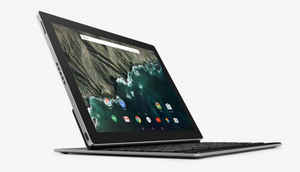
Pixel C tablet
In light of the Apple iPad Pro and the Microsoft Surface Pro 4, the Pixel C is Google's answer to the sudden war of 'premium' tablets. The Pixel C is powered by an NVIDIA Tegra X1 processor, 10.2-inch display, 3GB of RAM and 9000mAh battery, and has been priced upwards of $499.
However, widespread reviews and opinions point at a disparity between its premium build and rather mediocre interior operations.
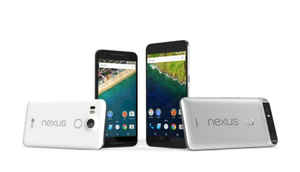
Two Nexus smartphones
This year saw not one, but two Nexus smartphones – the LG-made Nexus 5X, and the Huawei-made Nexus 6P. The first Nexus devices to feature fingerprint sensors, the devices have been generally well-received, although its rather steep pricing in Europe has been a downside. Nevertheless, the new Nexus devices stand for Google's attempt at pure Android experiences, along with a first-time all-metal build on a Nexus device.
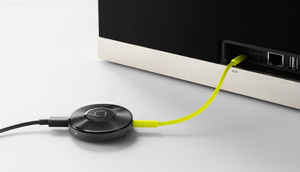
Chromecast Audio
Alongside updating the existing Chromecast, Chromecast Audio was an entirely new device that can convert your standard home audio equipment into wirelessly synchronised devices, reflecting Google's focus on providing complete solutions under a single umbrella. For $35, this may be a good tool for music enthusiasts looking to synchronise bedroom speakers with the living room audio setup.

Android Marshmallow
While its naming round was subject to much good-natured humour, Android M (v6.0) has been received positively across the tech fraternity, with the latest version of the OS featuring vertical app drawer scroll, Doze mode, Now on Tap and improved app permissions, bringing it closer to iOS than ever before. As far as this is concerned, 2015 is a year of success at Google's Android labs.
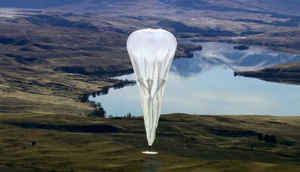
Project Loon
Google's balloon-powered internet project is ready for takeoff, and has been cleared for operations in India and Indonesia. Although its operational bandwidth recently posed a problem with India's telecom frequencies, CEO Sundar Pichai has reiterated its stance towards beginning operations in India. Project Loon may not only work towards solving connectivity issues in fringe areas, but improve overall connectivity everywhere.
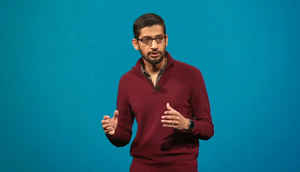
Sundar Pichai as CEO
Indian-born Sundar Pichai was appointed as the CEO of Google on August 10, 2015. The first Indian-born CEO of Google has been enthusiastic about improving the Android experience, and bring Google to a wider audience than the existing one billion-plus. On December 16, 2015, Pichai paid his first visit to India, making a number of announcements including the upcoming launch of the Asus Chromebit in India.
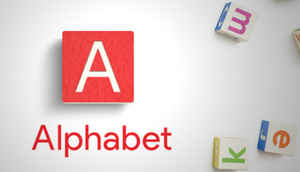
Formation of Alphabet
Google founders Sergey Brin and Larry Page made a massive internal shift of operational structure, forming parent company Alphabet, under which lies Fiber, Google, Nest, Ventures and X Labs. While Google continues to operate steadily, Alphabet signals the formation of one of the most powerful umbrellas in the world.

Change of logo
This was met with mixed reception across the world. The fifth major redesign of the Google logo shifted the letters from Serif to Sans Serif, along with a change of the Google icon. While the colour trend remains the same, many didn't really love the new logo at first sight, which fell in tandem with the newly-formed Alphabet's logo.
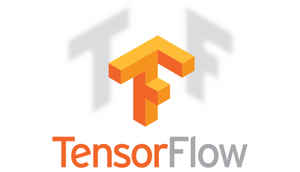
TensorFlow open-sourced
Google open-sourced its second generation Deep Learning algorithm, TensorFlow, used by its engineers for core services. Based on neural networks and the functioning of the human response system, TensorFlow may prove to be a crucial tool in future innovation.
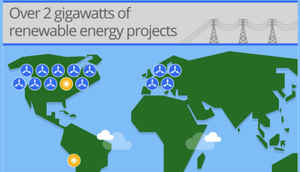
Largest investment in clean energy
Partnering with numerous clean energy sources to add 842 megawatts of clean energy that will power its own data centers, Google became the highest non-utility investor in clean energy. The contract extends to around 10-20 years, and Google will mutually provide these energy sources with financial resources, when in need.

Google Cardboard and Virtual Reality
Virtual Reality has seen HTC, Microsoft and others many enthusiastic investments, and Google would have never been left out. The Cardboard VR headset allows you to play VR content on your smartphone and view it via the affordable unit. Also, teaming up with adventure equipment manufacturer GoPro, Google has worked towards taking 360-degree virtual reality content to higher levels of usage and application.
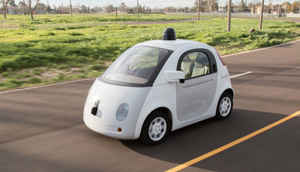
More driverless cars falling in trouble
This year has seen a number of isolated incidents surrounding Google's array of driverless cars. The cars have been a part of around eleven 'minor' accidents, and have also been pulled over for going too slow. The driverless cars have been on trial runs for a while now, and with rising accident count, Google will possibly need to look at more cautious and practical approaches to execute this futuristic technology.

Stance against Net Neutrality
While the Net Neutrality debate was rampant across India, a leaked email conversation between Google and the Internet and Mobile Association of India led to sudden revelation of Google's negative stance to Net Neutrality. Vineeta Dixit of Google's Public Policy and Government Relations had reportedly filed a "strong" disposition against zero rating plans, which, obviously, did not go down too well within the angry Indian tech community.

Accusations and penalty imposed by the CCI
The Competition Commision of India found Google guilty of favouring its own content over others, thereby judged guilty of forging search results in its favour. The investigation is long-drawn, and may result in Google being slapped with a fine as heavy as 10% of its three-year annual average turnover.